THE theme of the Royal Academy’s Summer Exhibition 2025 is “dialogues”, prompting the question: can art help bring together the people of India and Pakistan? Or, indeed, Israel and Iran – or Israel and Palestine?
It so happens that the coordinator of this year’s Summer Exhibition is the internationally celebrated artist and Royal Academician Farshid Moussavi, who is of Iranian origin.
She said: “The Royal Academy Summer Exhibition 2025 is dedicated to art’s capacity to forge dialogues and to nurture sensitivity towards societal concerns, such as ecology, survival and living together. These dialogues can be between people of different races, genders or cultures; between humans, other species and the planet; or across disciplines – art, science, politics, for example.
” In an interview with Eastern Eye, Moussavi stressed that art exhibitions alone cannot solve political problems.
But, she added: “Art exhibitions are about developing sensibilities and giving people the opportunity to see things differently – different from how they are presented, perhaps, in the media, on social media and general media.
“That’s all we can do. There is so much more that unites us than divides us.”
Asked whether art could help temper the anti-immigrant sentiment being stirred by some politicians in the UK, she replied: “The reason why I set the theme of dialogue is to encourage and nurture compassion and understanding. Yes, there is a lot of anti-immigrant [sentiment] – and it’s not just the UK, by the way, it’s everywhere.”
“Sometimes I feel that part of the negative feeling stems from simple ignorance – from not knowing or understanding each other. When you do not understand someone, you become afraid, or you see them as a threat. The more we come together – perhaps by going to exhibitions together, sitting around the table – the more we realise we can cohabit the world while being different. But we need to respect each other.”
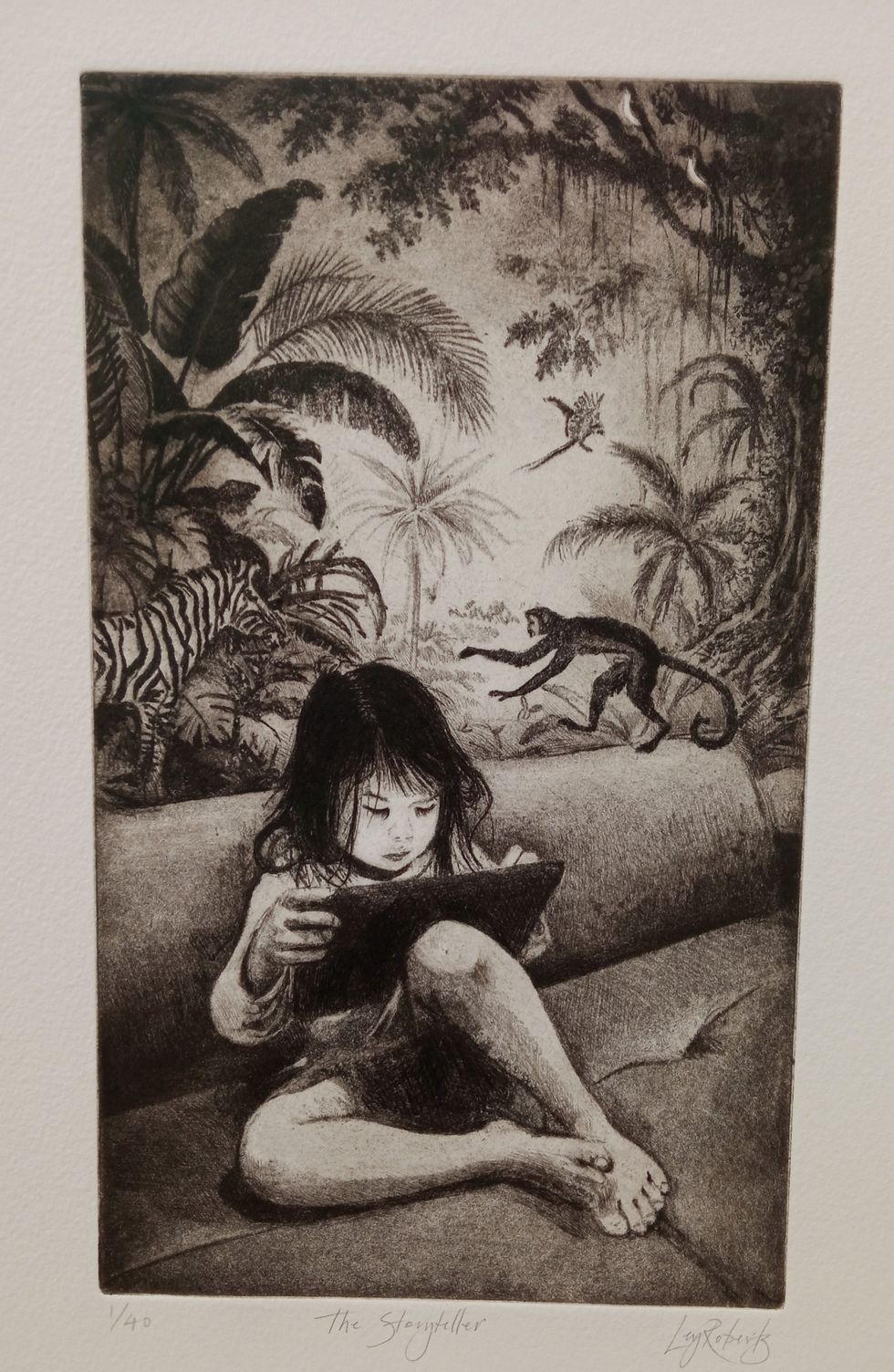
In his remarks at the opening of the 257th Summer Exhibition, Andrew Tarsia, director of exhibitions at the RA, said: “It has been held every year without interruption since it was first inaugurated in 1769. The theme of this year’s exhibition is dialogues – a theme which Farshid and the [hanging] committee have explored through more than 1,700 works displayed in the galleries. “Something that really marks this edition is the thoughtfulness with which the theme has been explored – through specific combinations of works that have been carefully curated, selected and hung across the galleries.”
He said Moussavi had worked with other members of the hanging committee, including “Tom Emerson and Stephanie Macdonald of 6a Architects, Vanessa Jackson, Christopher Le Brun, Helen Sear, Caragh Thuring and Richard Wilson. And, of course, the committee was chaired by the president of the Royal Academy, Rebecca Salter.”
This year, there has been a particular focus on architecture.
Tarsia was followed by Moussavi, who said that being the coordinator had given her “a wonderful opportunity to test art, and I’m including architecture as part of that capacity to forge dialogue between people, ideas and things.

“We live at a time of unprecedented polarity, whether cultural, social or political. Since the world out there is focused on those polarities, here we have the opportunity to dwell on what is common to us.”
She was trying to “find conversations between artworks or within artworks as a way to inspire us to come together and address the many problems we face, which arise from multiple spheres.
“In order to address them, we need to think across things, rather than treat them in isolation. The first such separation we have tried to address is that between architecture and art at the Summer Exhibition. You will notice there is no dedicated architecture room – instead, architecture is treated as art and displayed throughout the galleries.” She added: “Pairing art and architecture has definitely been a theme.”
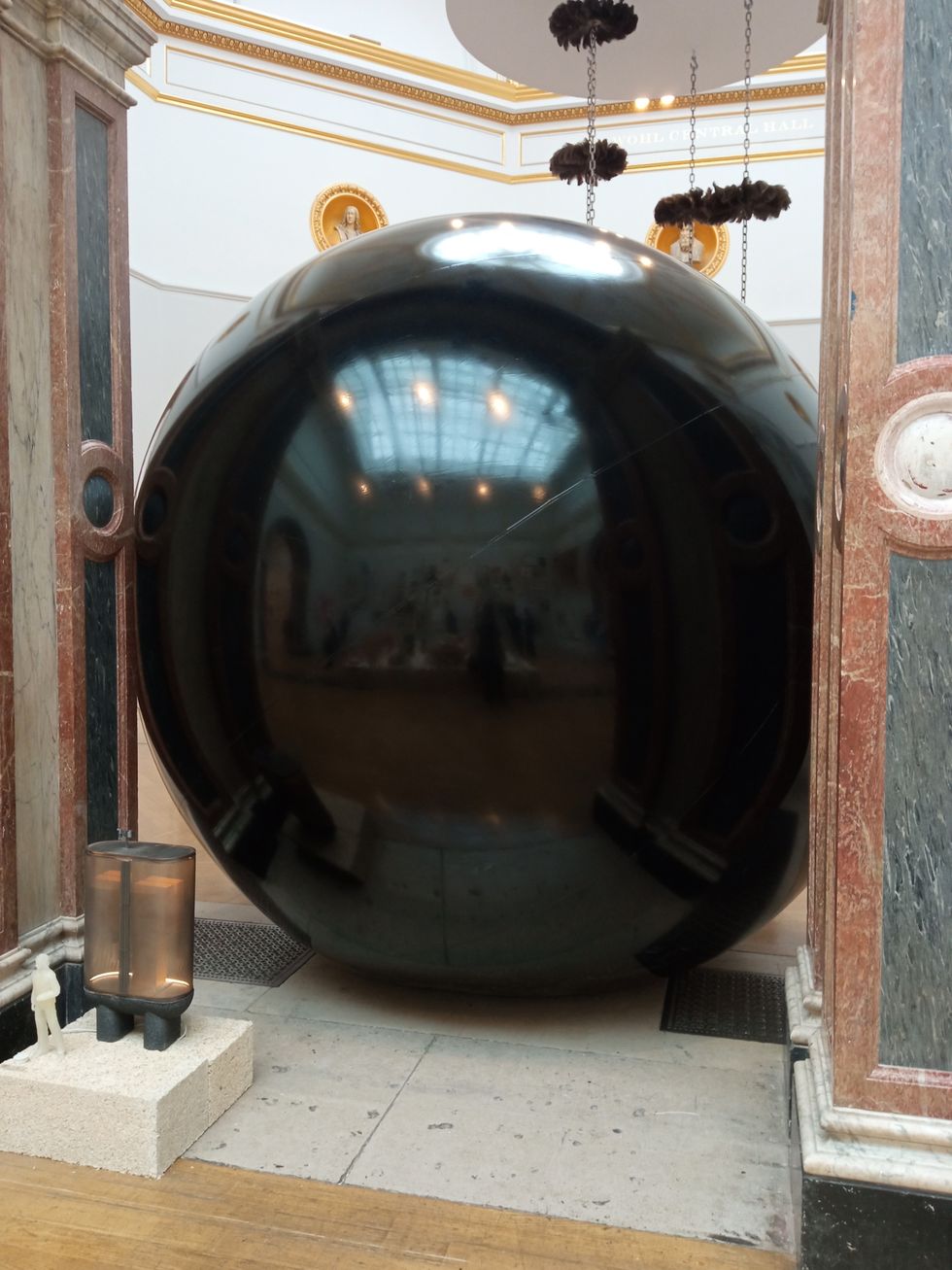
She referred to the large inflatable balls designed by Ryan Gander, with questions inscribed on them such as, “How much is a lot?” and “When do you know you’re right?”
The RA said: “A playful, large-scale installation by Gander is on display in the Annenberg Courtyard. Featuring five three-metre-diameter inflatable balls inscribed with questions developed with children, the work represents the inquisitiveness of kids, who ask what grown-ups often dismiss as nonsensical or illogical.”
“Raising questions is the start of addressing our problems,” commented Moussavi. “You will notice his inflatable balls in the courtyard and one inside the gallery. They confront us with questions raised by children, but which are very difficult to answer. They make us think. They make us reflect.”
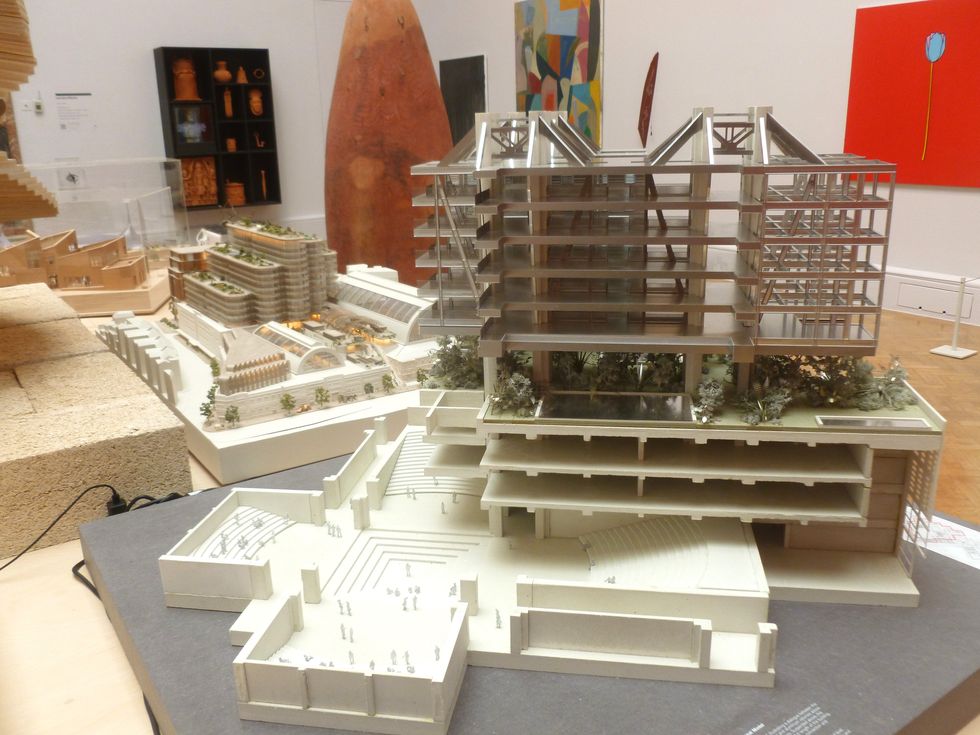
One ball inside the building had blocked the usual route taken by visitors to the Summer Exhibition. This was deliberate, forcing them to choose between two routes instead of three.
“Some people apparently take the [exhibition] book and go through the numbers,” she quipped. “I do not do that. I go with what I feel like.”
She referred to a building in Ukraine that had been painted by Jock McFadyen: “For an architect, the elevation or façade of a building is like working on a canvas. We see these kinds of dialogues. We have also discovered other themes. The open submissions come in, and we begin to identify issues that seem to be on the minds of artists and architects. One recurring theme is reuse.
“I can point you to an area where artists are working with found materials. There is an existing building that has been transformed or repurposed for a different use, and you can see the old ceiling and the new ceiling side by side. We can take what already exists – perhaps something lifeless or no longer useful – and transform it, give it a new life.
” Committee members Tom Emerson and Stephanie Macdonald of 6a Architects “have, in response to the theme, invited architectural submissions that explore how architecture can bring society together and reconnect with nature and its entangled global past and present”.
On display is work by a number of architects, including London-based Arinjoy Sen. “His work and interests have an acute focus on contested landscapes, citizenship, migration, narrative and spatial justice,” his studio said. “Sen brings a contemporary take on narrative painting, specifically evoking traditional forms such as Mughal miniatures, Kalighat paintings and pattachitra. He revisits the idea of the ritual through and beyond its association with religion.
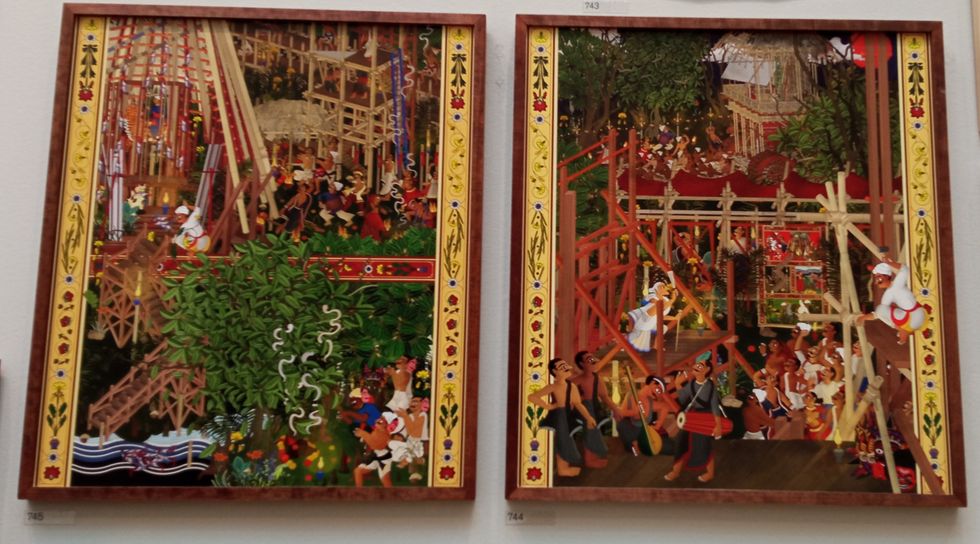
“Sen uses the digital medium combined with traditional craft practices like kantha embroidery and carpet weaving.”
In addition to the large number of public submissions, Royal Academicians exhibiting work include Rana Begum, Frank Bowling, Grayson Perry, Lubaina Himid, Cornelia Parker, Veronica Ryan, Conrad Shawcross, Yinka Shonibare and Rose Wylie.
Suspended works are a recurring theme throughout the exhibition; hanging above visitors in the largest gallery is an installation of textile carcasses by Argentine American artist Tamara Kostianovsky. Other invited artists this year include Lucy and Jorge Orta, Hussein Chalayan, Anya Gallaccio and John Walker.
n The Summer Exhibition is currently open to the public at the Royal Academy of Arts and will run until August 17, 2025
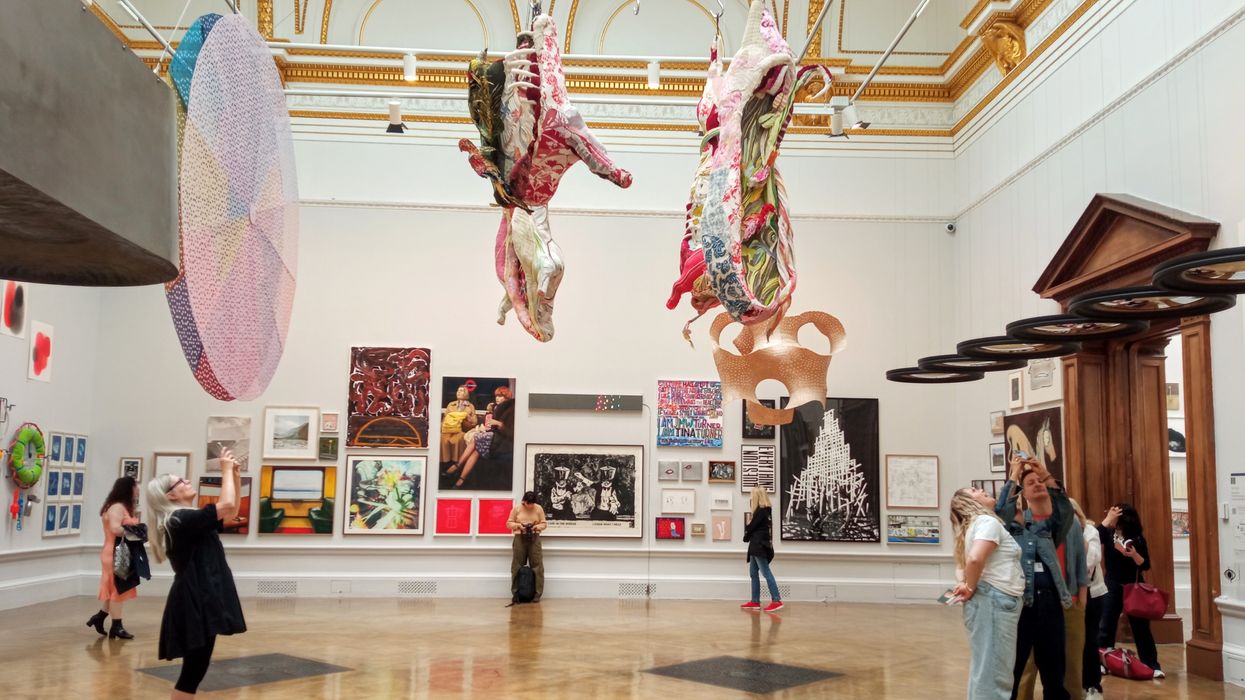


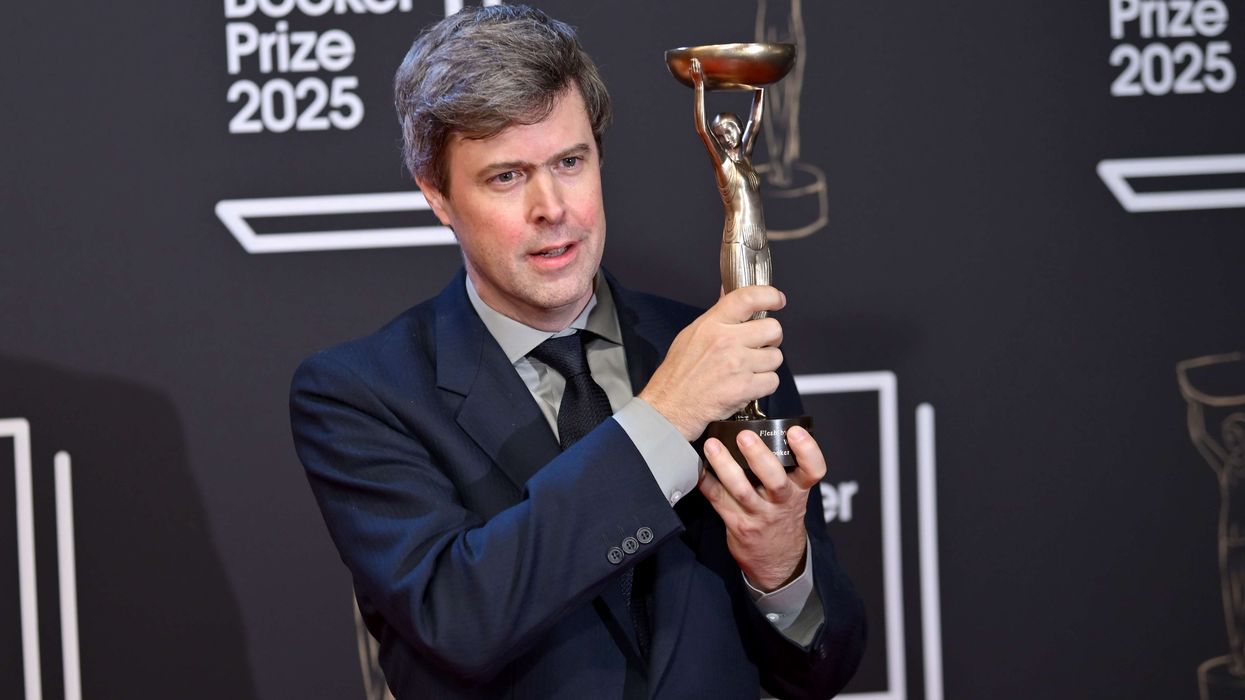


 The play is written by Tarun Jasani and directed by Mukul AhmedMGT
The play is written by Tarun Jasani and directed by Mukul AhmedMGT





